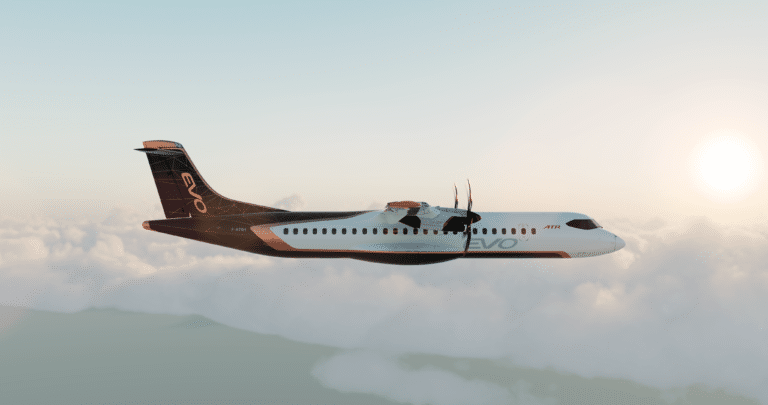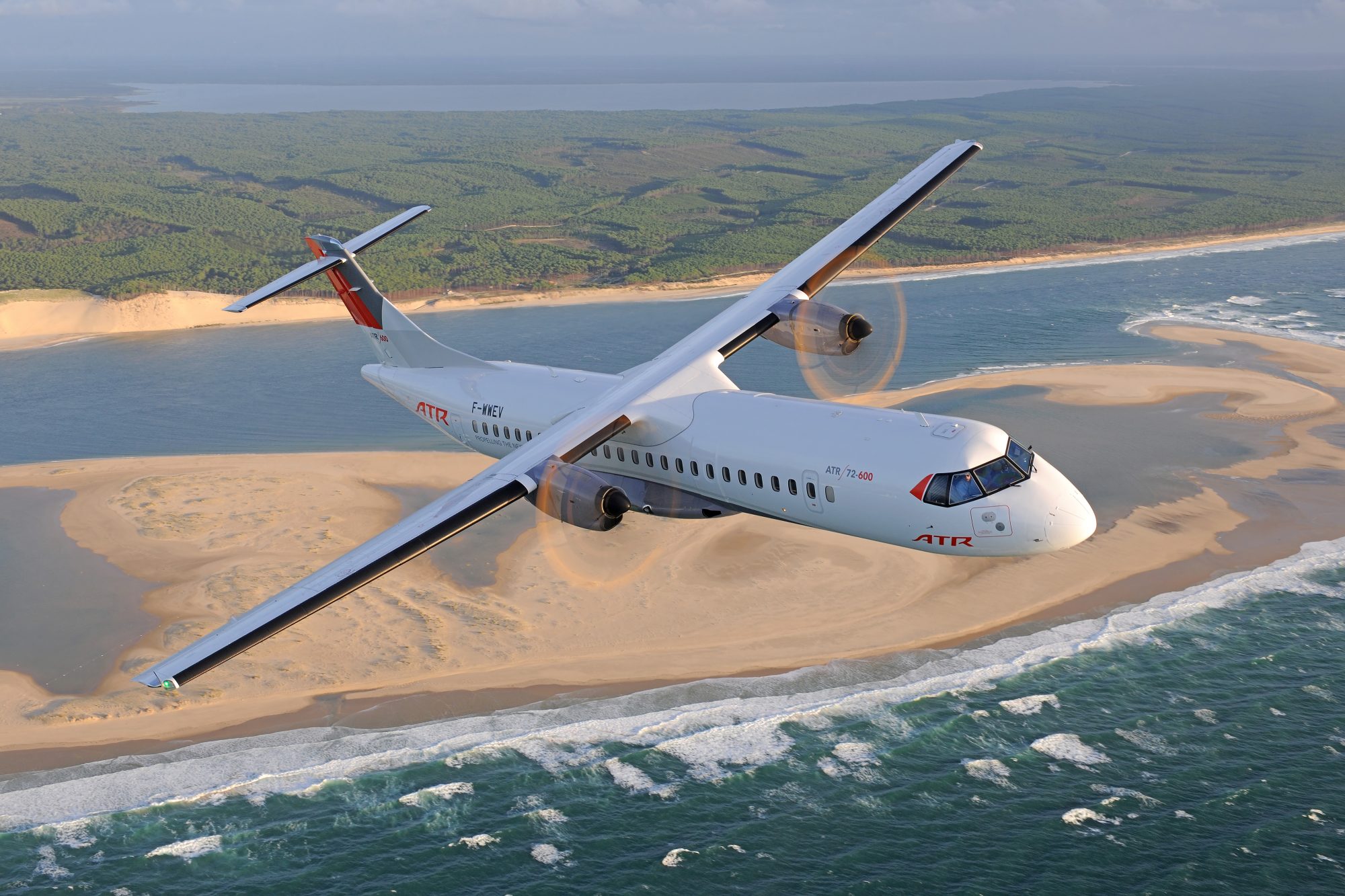ATR obtains EASA certification for the new developments in the ATR -600 avionics suite
"LPV" is a feature allowing approach procedures based on GPS information augmented by geostationary satellites, which allows the aircraft to be guided on vertical and horizontal axes, without the need of support from a ground station. This new feature is particularly useful for airports not equipped with an ILS (Instrumental Landing System), notably certain regional airports which are small or which have little infrastructure. High precision LPV approaches can achieve minimums of up to 200 feet, thus permitting landings with greatly reduced visibility.
"RNP-AR 0.3" allows aircraft to follow trajectories with greater accuracy, thus with better anticipation of potential obstacles when approaching difficult to access airfields. The fundamental contribution of RNP-AR compared to conventional RNAV (GPS) approaches is that they are subject to increased monitoring of aircraft performance combined with onboard navigation alerts. By taking into account these safety constraints, these approaches also permit reduced minimums compared to conventional RNAV approaches. In addition to these advantages, this new feature is also used in the management of traffic at heavily congested airports or for anti-noise procedures.
"VNAV", coupled to the autopilot, provides vertical guidance managed by the aircraft's navigation calculator (FMS). Based on the calculations of the FMS, the autopilot controls the aircraft to follow a specified vertical profile. This more accurately defines descent and approach trajectories, providing better safety in relation to the possible presence of obstacles. VNAV significantly reduces the workload of pilots approaching airports; this functionality is essential for RNP-AR operations.
Carmine Orsi, ATR’s Senior Vice-President Engineering, welcomed the obtaining of this certification, "which will allow ATR -600s to be even more efficient, more economic and more versatile. We are pleased to offer our operators the very latest innovations in terms of navigational aids and thus facilitate their day-to-day operations, while further increasing aviation safety and helping reduce congestion at certain airports".
Press Contacts
Charlotte Giuria
Media ManagerJeanne Caumont
Content & Media RelationsAbout ATR
ATR is the world number one regional aircraft manufacturer with its ATR 42 and 72, the best-selling aircraft in the below 90-seat market segment. The unifying vision of the company is to accelerate sustainable connections for people, communities and businesses, no matter how remote. Flown by some 200 airlines in over 100 countries, ATR aircraft open 120 new routes on average every year, facilitating the development of territories and enabling access to crucial services like healthcare and education. Thanks to ATR’s focus on continuous innovation and the intrinsic efficiency of the turboprop technology, ATR aircraft are the most advanced, versatile, cost-effective and lowest-emission regional aircraft on the market, emitting 45% less CO2 than similar-size regional jets. In January 2022, we flew the first ever commercial aircraft using 100% SAF in both engines. ATR is a joint-venture between Airbus and Leonardo.











